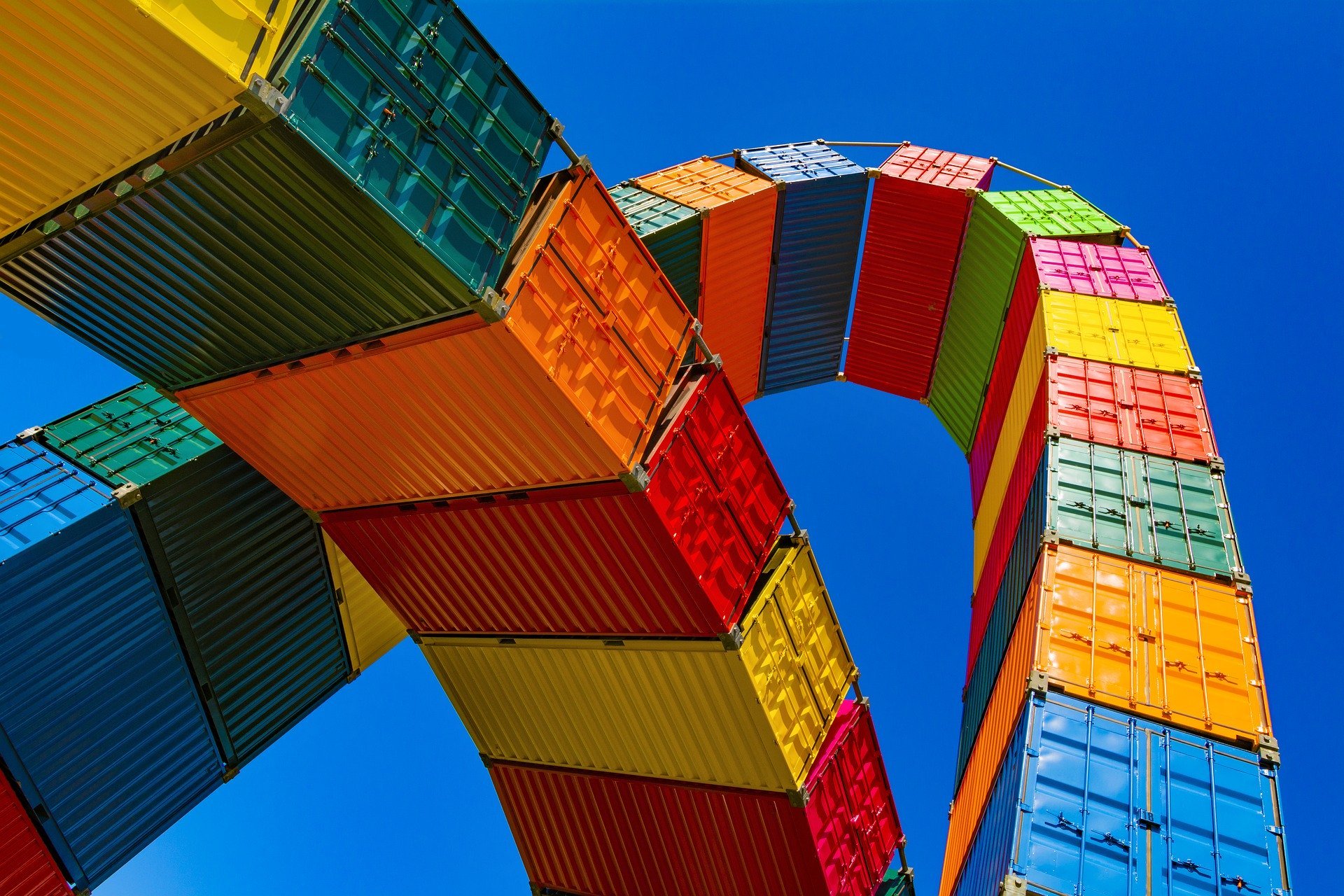According to the International Monetary Fund (IMF), the expansion of economic activity in Latin America, on average, has had growth rates of 2 percent in 2019 and 2.5 percent in 2020. In the case of Peru, the IMF projects that the national economy will expand 3.8 percent in 2019 and 4.1 percent in 2020 – positive signs for the resource-rich South American nation.
Promising times are certainly ahead, with Peru’s participation in the World Economic Forum (WEF) as a sign of the regions drive to become a global economic power. At the WEF, Vice-President of Pero, Mercedes Araoz announced Peru is willing to become a regional trade hub. Furthermore, strengthening its trade relationship with China – a major trading partner – will create new investment opportunities in a wide range of sectors.
China FTA – Peru’s Foreign Trade Policy

The significant economic growth of 2018 was fueled by macroeconomic stability, improved trading efficiency, rising investment levels, and increasing consumer confidence. Additionally, Peru continues its policy of gradual economic liberalization, with the ultimate pursuit of becoming one of the most open economies.
The Peruvian President, Martin Vizcarra, has addressed the importance of a renewed competitiveness policy, innovated in accordance with both the government and the private sector. In this sense, he wants to improve the national business climate through the implementation of national competitiveness and productivity policies.
Furthermore, Peru seeks to establish better trade relationships with several regions. For instance, Peru may ratify the Comprehensive and Progressive Agreement for Trans-Pacific Partnership (CPTPP) in the first quarter of 2019. In the same vein, it currently undertakes efforts to optimize and achieve greater benefits for foreign trade in APEC. In total, free trade agreements cover over 95% of its exports. This greatly contributes to the growth of local businesses who have products valued by international markets.
With respect to Asian trade, China has been ranked first in terms of trade with Peru for five years right now. The Peru – China trade partnership will continue to expand, involving Chinese investment projects that are supported by the Peruvian government.
Current Trade Relations Peru and China
Total Peruvian exports have grown astronomically in recent years, mainly due to an increase in the export of copper, gold, zinc and fish meal. A large proportion of national exports flow to a key trading partner -China. In 2017, the total share of exports to China reached 22.3 percent.
The most demanded Peruvian products in China are minerals, copper cathodes, fish meal, iron minerals, and silver minerals. At the China International Import Expo, the Peruvian Foreign Trade and Tourism Minister Rogers Valencia announced the importance of China as a trade partner. While most of Peru’s exports are related to minerals, there are other potentials, such as agricultural goods, fish and seafood, and textiles. China and Peru have made an effort to strengthen ties, boost trade and encourage investments in recent years. This has resulted in significant Chinese investments and projects in Peru, especially in logistics, transport, telecommunications, and mining.
For instance, China is heavily involved in a USD$1.3 billion copper mine in central Peru. This huge project is set to create a range of jobs for local Peruvian employees, and additionally, creates opportunities for foreign mining companies with service, technology and equipment expertise.
Likewise, China’s demand for superfoods is on the rise. The most demanded products are fruit pulps, sacha inchi, cheese fruit, camu camu, and grains. This upcoming market is still a ‘sleeping giant‘, so it is worth it to follow these trends for potential investment options.
Currently, according to the National Development and Reform Commission (NDRC) of China, there are more than 100 Chinese companies operating in different parts of Peru. This makes Peru the second largest Chinese investment destination in Latin America.
Free Trade Agreement Update
On April 28, 2009, Peru and China signed the China-Peru Free Trade Agreement. This was a new landmark of their bilateral relationship. The FTA further strengthens their economic and trade cooperation by diminishing trade tariffs.

At that date, the minister of Exterior Commerce and Tourism said the number of Peruvian export companies will increase dramatically, stimulating the national economy.
To improve its current relationship, Foreign Trade and Tourism Minister Edgar Vasquez announced that Peruvian and Chinese officials will begin a series of bilateral meetings in April this year, to upgrade the existing agreement. In this sense, the Peruvian government indicates their willingness to increase business with the global superpower.
Upcoming Business Opportunities
The Chinese ambassador to Peru, Jia Guide, announced that a new wave of Chinese investments – worth USD$10 billion – will enter Peru within the next three years. The influx of capital will particularly flow into a range of sectors, namely mining, telecommunications, construction, and infrastructure. Some examples of Chinese investment projects include:
- Chancay Port Terminal: This project demands an investment of USD$3 billion in the central northern part of the Inca country. Chine company, Cosco Shipping Group, will contribute USD$500 million to the Chancay project.
- Quinoa: China is keen to get involved with quinoa imports from the Puno region. As quinoa becomes more popular in the Chinese market, Chinese firms support the Caminaca-Juliaca roadwork to promote Peruvian quinoa exports.
- Mining: Several mining projects will be developed within the coming few years. The expansion of Shougang, the second stage of Chinalco and the Pampa de Pongo iron project are examples of projects that are in construction stages and will be heavily supported by Chinese companies.
The upcoming Free Trade Agreement upgrade will encourage new investment projects in Peru to grow.
Need Advice on Business Opportunities in Peru?
As is evident, Peru offers foreign investors ample commercial opportunities in a range of national sectors. As the government strengthens their ‘pro-business’ and ‘pro-investment’ position, these opportunities become more accessible. However, a unique business culture and tax system make the need to work with a local partner essential to achieving commercial success.
Biz Latin Hub has a team of local experts who can support your business venture in Peru. Don’t hesitate to reach out to a member of our team today for personalized assistance.





